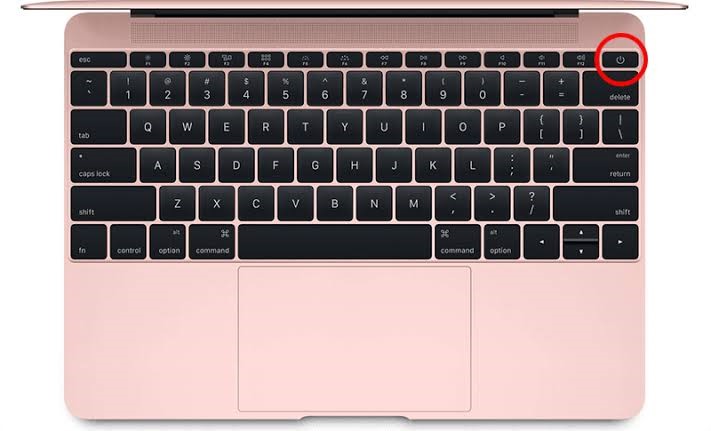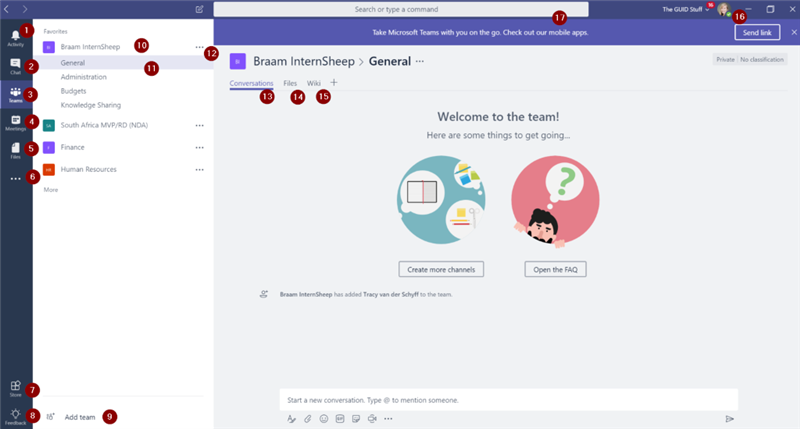-->
Tech support scams are an industry-wide issue where scammers trick you into paying for unnecessary technical support services. You can help protect yourself from scammers by verifying that the contact is a Microsoft Agent or Microsoft Employee and that the phone number is an official Microsoft global customer service number.
Note
Office 365 ProPlus is being renamed to Microsoft 365 Apps for enterprise. For more information about this change, read this blog post.


Symptoms
When you double-select an icon or file name for a Microsoft Excel workbook, Excel starts, then displays a blank screen where you expect the file content to appear.
Microsoft Outlook Links Not Opening Mac Command Restart Windows 10
Resolution
To resolve this problem, try the following methods, as appropriate, in the given order.
Method 1: Ignore DDE
This problem may occur if the Ignore other applications that use Dynamic Data Exchange (DDE) check box in Excel options is selected.
When you double-select an Excel workbook in Windows Explorer, a dynamic data exchange (DDE) message is sent to Excel. This message instructs Excel to open the workbook that you double-selected.
If you select the 'Ignore' option, Excel ignores DDE messages that are sent to it by other programs. Therefore, the DDE message that is sent to Excel by Windows Explorer is ignored, and Excel does not open the workbook that you double-selected.
To correct this setting, follow these steps:
Note
This step can be skipped for Excel 2019 and Excel O365
- In the upper-left corner of the Excel window, select File, then Options.
- On the left side of the Options window, select Advanced to open the Advanced window.
- In the Advanced window, scroll down to the General section.
- Clear the Ignore other applications that use Dynamic Data Exchange (DDE) check box, then select the OK button at the bottom of the window.
Note
For more information about how to turn off DDE, see 'An error occurred when sending commands to the program' in Excel
If these steps do not resolve the problem, continue to Method 2.
Method 2: Repair User Experience Virtualization (UE-V)
If you are running Update User Experience Virtualization (UE-V), install Hotfix 2927019. To do this, see the following Microsoft Knowledge Base article:
2927019 - Hotfix Package 1 for Microsoft User Experience Virtualization 2.0
If you are not sure whether you are running UE-V, examine the program list in the Programs and Features item in Control Panel. An entry for 'Company Settings Center' indicates that you are running UE-V.
If these steps do not resolve the problem, continue to Method 3.
Method 3: Reset file associations
To check whether the file associations in the system are performing correctly, reset the Excel file associations to their default settings. To do this, follow the steps for your operating system.
Windows 8.1/10
- Copy the file that is opening incorrectly, to your desktop.
- Right-click the file, and choose Properties
- On the General tab, next to Type of file, the type of file will be indicated within parenthesis. For example, (.docx), (.pdf), or (.csv).
The Opens with shows you which app it is currently associated with.
To open this type of file in a different app:
- Select Change.
- Select More apps.
- Select the desired app, then select the checkbox to Always use this app.
- Select the OK button.
Microsoft Outlook Links Not Opening Mac Command Restart Mode
Windows 8
- On the Start screen, type Control Panel.
- Select or tap Control Panel.
- Select Default Programs, then select Set your default programs.
- Select Excel, then select Choose default for this program.
- On the Set Program Associations screen, select Select All, then select Save.
Windows 7
- Select Start, then select Control Panel.
- Select Default Programs.
- Select Associate a file type or protocol with a specific program.
- Select Microsoft Excel Worksheet, then select change program.
- Under Recommended Programs, select Microsoft Excel.
- If Excel does not appear in this list, select Browse, locate the Excel installation folder, select Excel.exe, then select Excel.
If these steps do not resolve the problem, continue to Method 4.
Method 4: Repair Office
Try to repair your Office programs. To do this, follow the steps for your installation type and operating system.
For an Office 365 or Office 2019 Click-to-Run installation
Windows 10
- On the Start screen, type Settings.
- Select or tap Settings.
- In the Settings window, select or tap Apps.
- In the Apps & features window, scroll down to your Office program and select or tap it.
- Select or tap the Modify button.
- In the How would you like to repair your Office programs window, select or tap the Online Repair radio button, then select or tap the Repair button.
Windows 8
- On the Start screen, type Control Panel.
- Select or tap Control Panel.
- Under Programs, select or tap Uninstall a program.
- Select or tap Microsoft Office 365, then select or tap Change.
- Select or tap Online Repair, then select or tap Repair. You may have to restart your computer after the repair process is finished.
Windows 7
Select Start, then select Control Panel.
Double-select Programs and Features.
Select Microsoft Office 365, then select Change.
Select Online Repair, then select Repair.
Note
You may have to restart your computer after the repair process is complete.
For an Office 2013, Office 2010, or Office 2007 installation
To repair Office 2013, Office 2010, or Office 2007, follow the steps in the following Office website topic:
If these steps do not resolve the problem, continue to Method 5.
Method 5: Turn off add-ins
Excel and COM add-in programs can also cause this problem. These two kinds of add-ins are located in different folders. For testing, disable and isolate the conflict by turning off each add-in one at a time. To do this, follow these steps:
- On the File menu, select Options, then select Add-Ins.
- In the Manage list at the bottom of the screen, select COM Add-Ins item, then select Go.
- Clear one of the add-ins in the list, then select OK.
- Restart Excel by double-selecting the icon or file name for the workbook that you are trying to open.
- If the problem persists, repeat steps 1-4, except select a different add-in in step 3.
- If the problem persists after you clear all the COM Add-ins, repeat steps 1-4, except select Excel Add-Ins in step 2, then try each of the Excel add-ins one at a time in step 3.
If Excel loads the file, the add-in you last turned off is causing the problem. If this is the case, we recommend that you visit the manufacturer's website for the add-in to learn whether an updated version of the add-in is available. If a newer version of the add-in is not available, or if you don't have to use the add-in, you can leave it turned off.
If Excel does not open the file after you turn off all the add-ins, the problem has a different cause.
If these steps do not resolve the problem, continue to Method 6.
Method 6: Disable hardware acceleration
To work around this problem, disable hardware acceleration until a fix is released by your video card manufacturer. Make sure to check regularly for updates to your video card driver.
To disable hardware acceleration, follow these steps:
Start any Office 2013, 2016, 2019, or O365 program.
On the File tab, select Options.
In the Options dialog box, select Advanced.
In the list of available options, select the Disable hardware graphics acceleration check box.
The following screen shot shows this option in Excel.
Select the OK button.
Note
For more information about hardware acceleration, see the following Microsoft Knowledge Base article:
2768648 - Performance and display issues in Office 2013 client applications
Method 7: Minimizing and maximizing the window

Minimizing and then maximizing the window can sometimes refresh the Excel page and cause any hidden data to appear.
- Select the minimize button in the top-right corner of the Excel sheet.
- In the task tray, right-click Excel and select your spreadsheet. (Or double click the Excel icon.)
When your sheet is maximized, your data may appear.
Method 8: Check for hidden sheets
An Excel sheet may have inadvertently been saved as a hidden document. To find out:
- Go to the View tab.
- Select Unhide.
- Choose a workbook from the list.
- Select OK.
If you still experience this problem after you try all these methods, contact Microsoft Support for additional troubleshooting help.